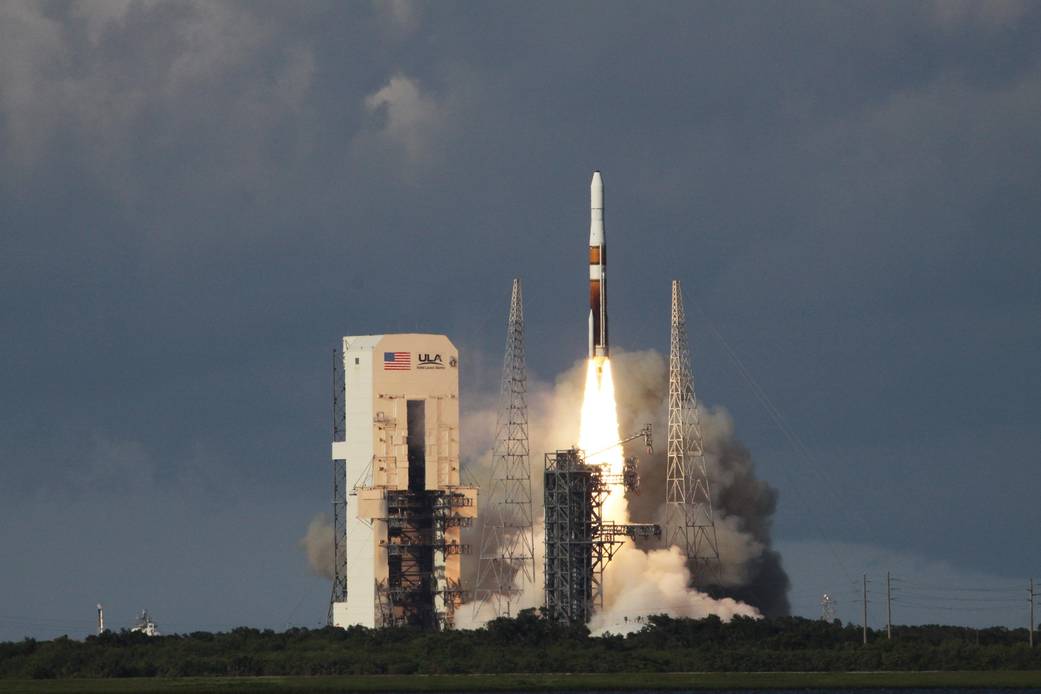
Rising above the pad’s fixed service tower, a Delta IV rocket soars into the sky with the GOES-O satellite aboard. Liftoff was at 6:51 p.m. EDT from Launch Complex 37 at Cape Canaveral Air Force Station in Florida. The first attempt to launch GOES-O, on June 26, was scrubbed due to thunderstorms. The latest Geostationary Operational Environmental Satellite, GOES-O was developed by NASA for the National Oceanic and Atmospheric Administration, or NOAA. Each of the GOES satellites continuously provides observations of 60 percent of the Earth including the continental United States, providing weather monitoring and forecast operations as well as a continuous and reliable stream of environmental information and severe weather warnings. Once in orbit, GOES-O will be designated GOES-14, and NASA will provide on-orbit checkout and then transfer operational responsibility to NOAA.



























